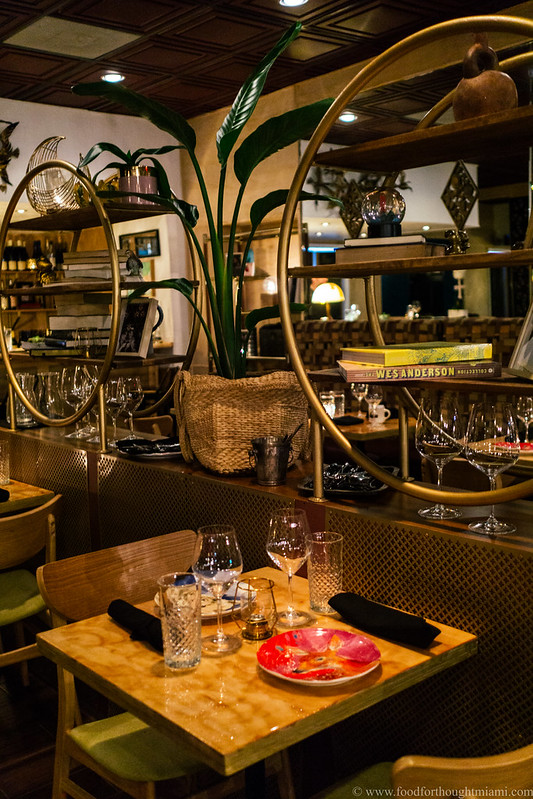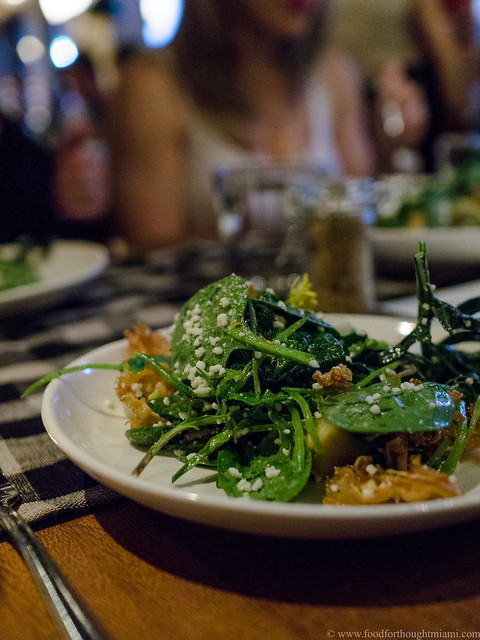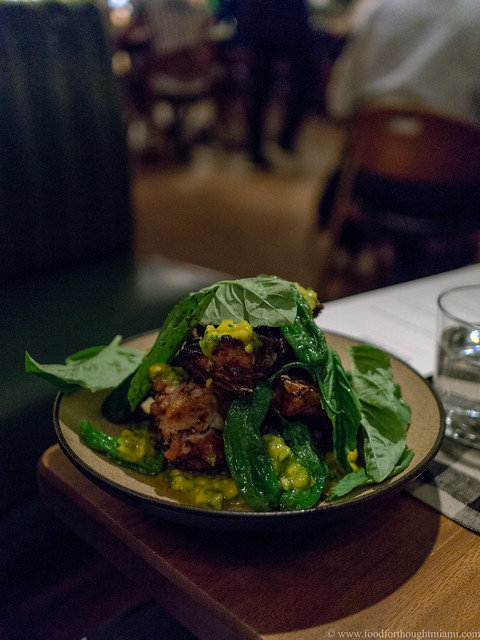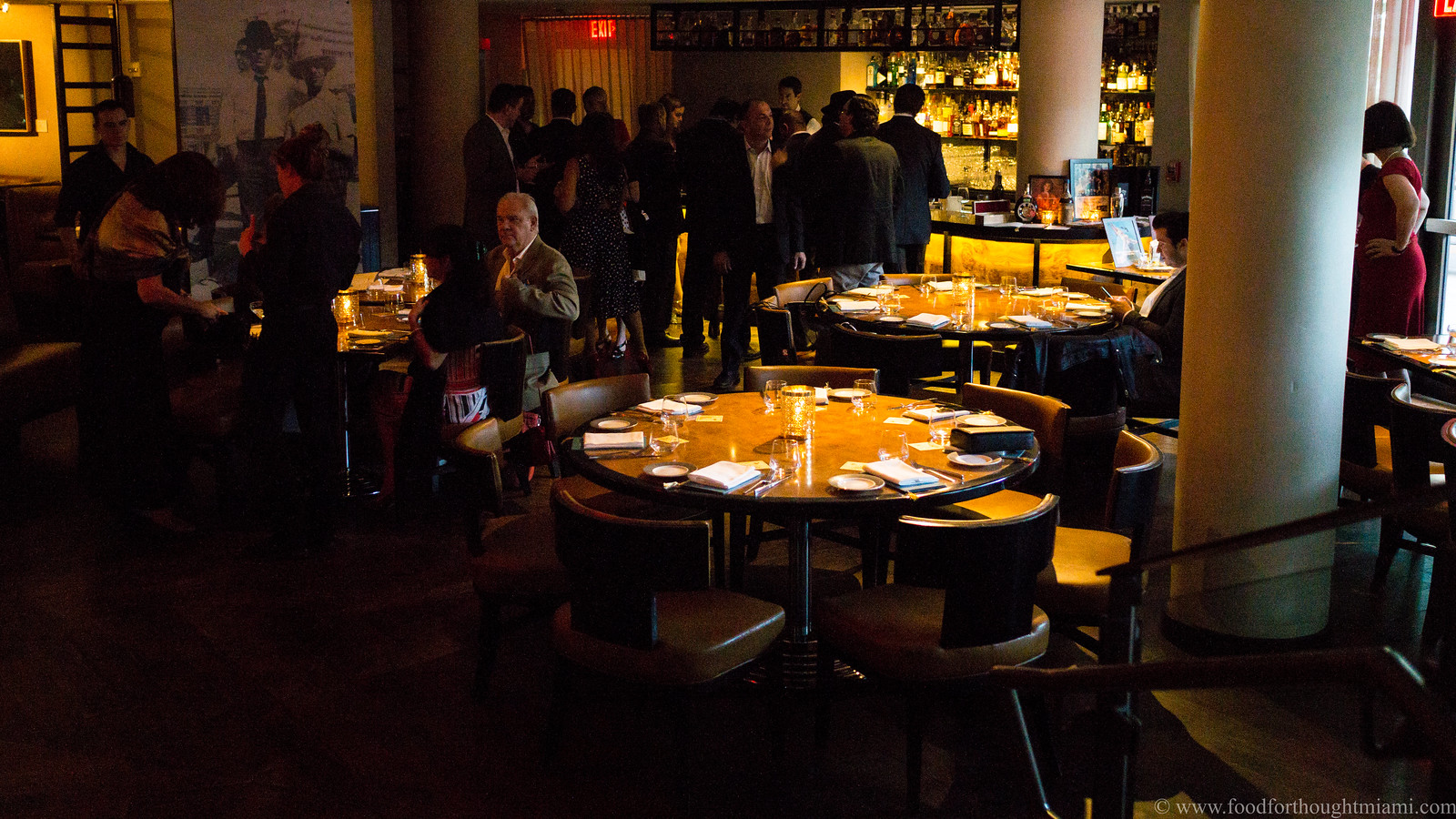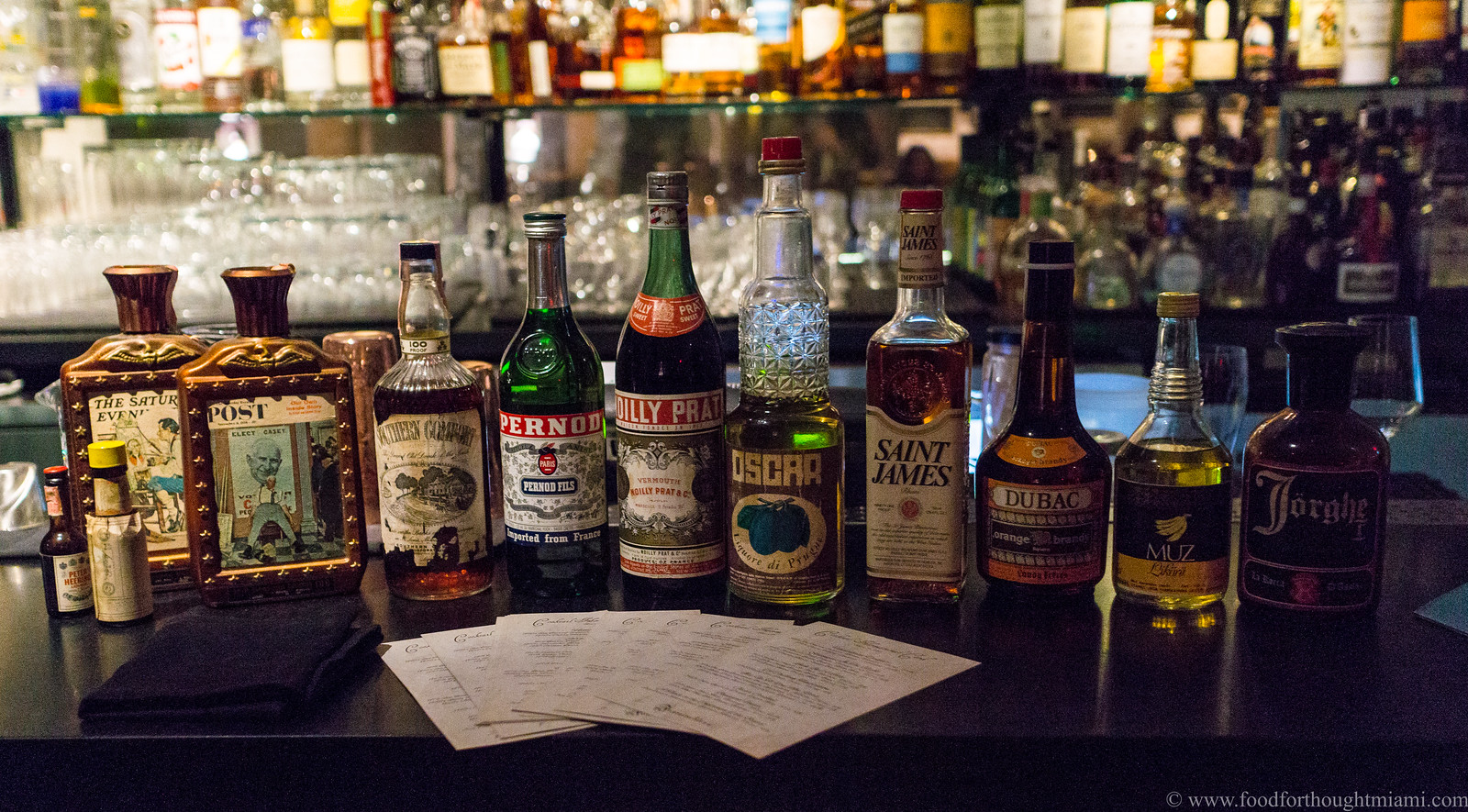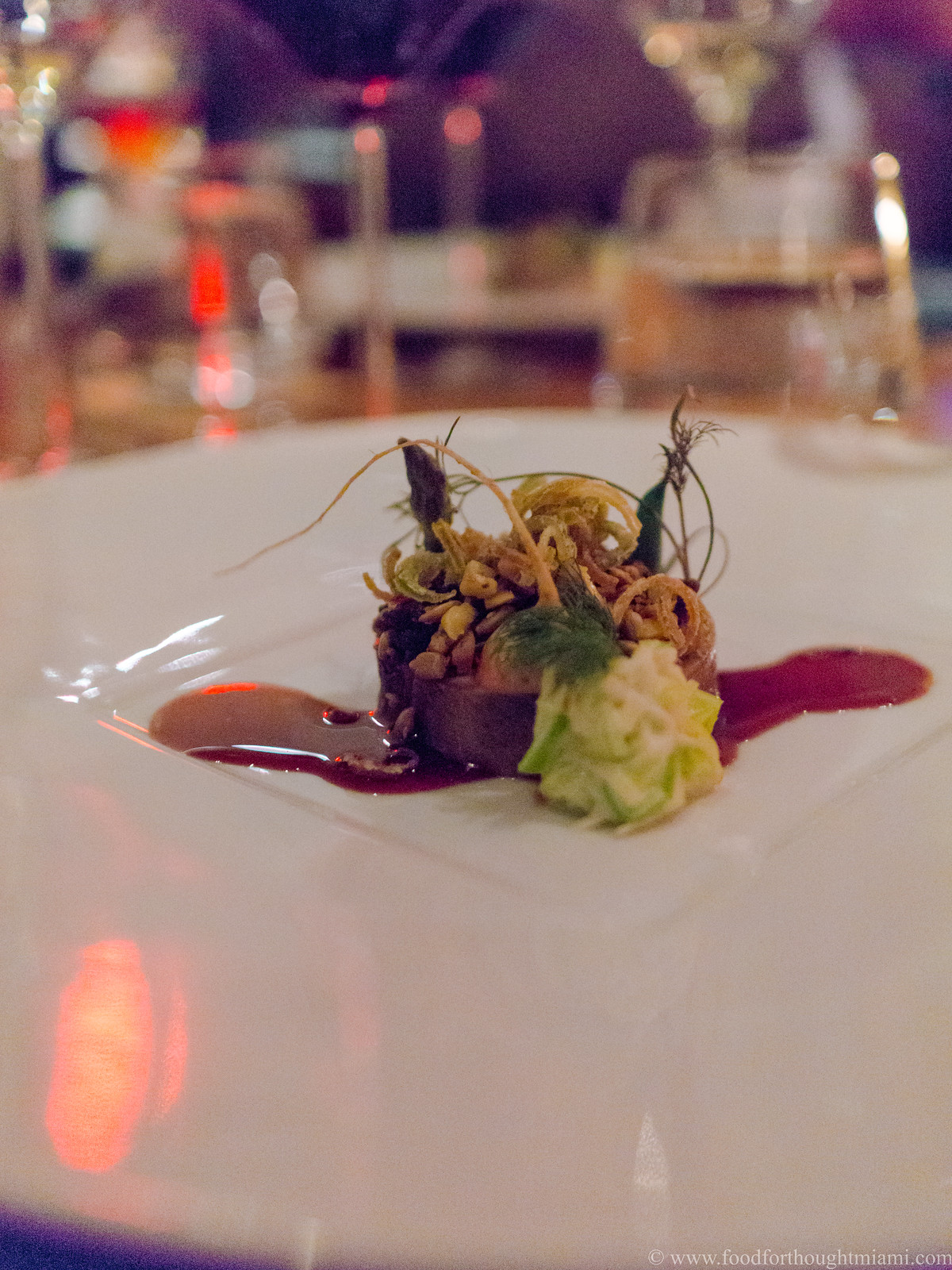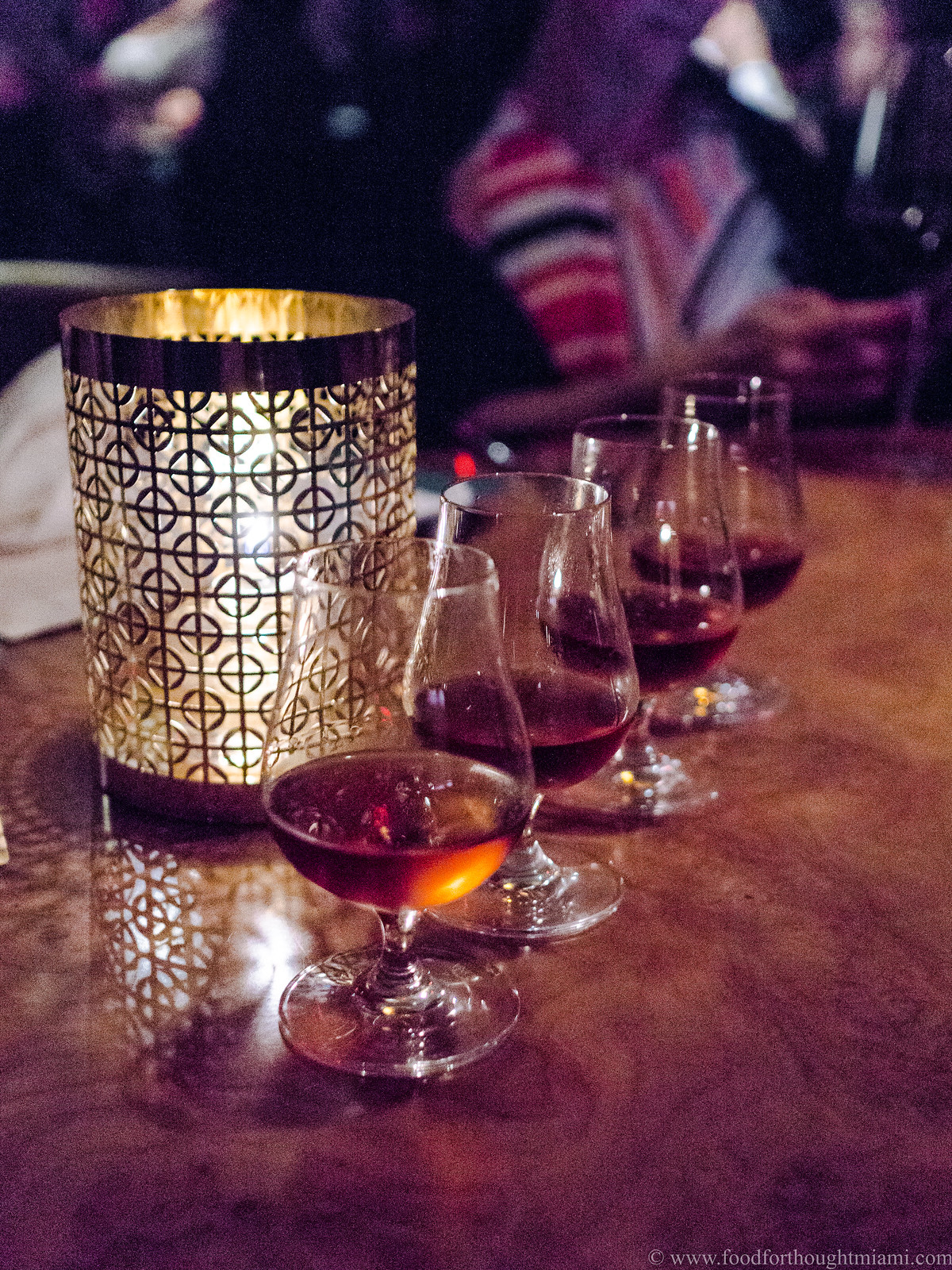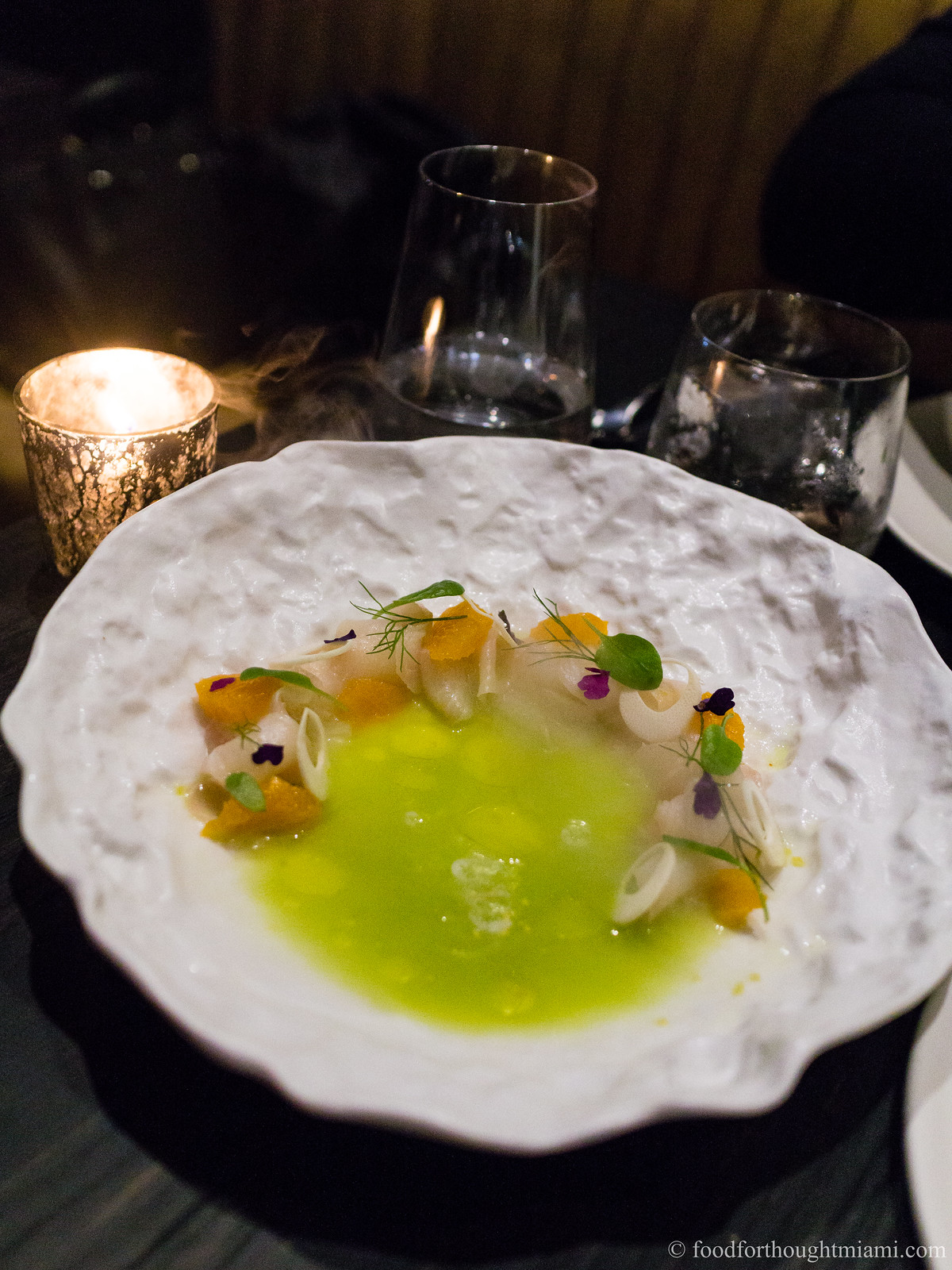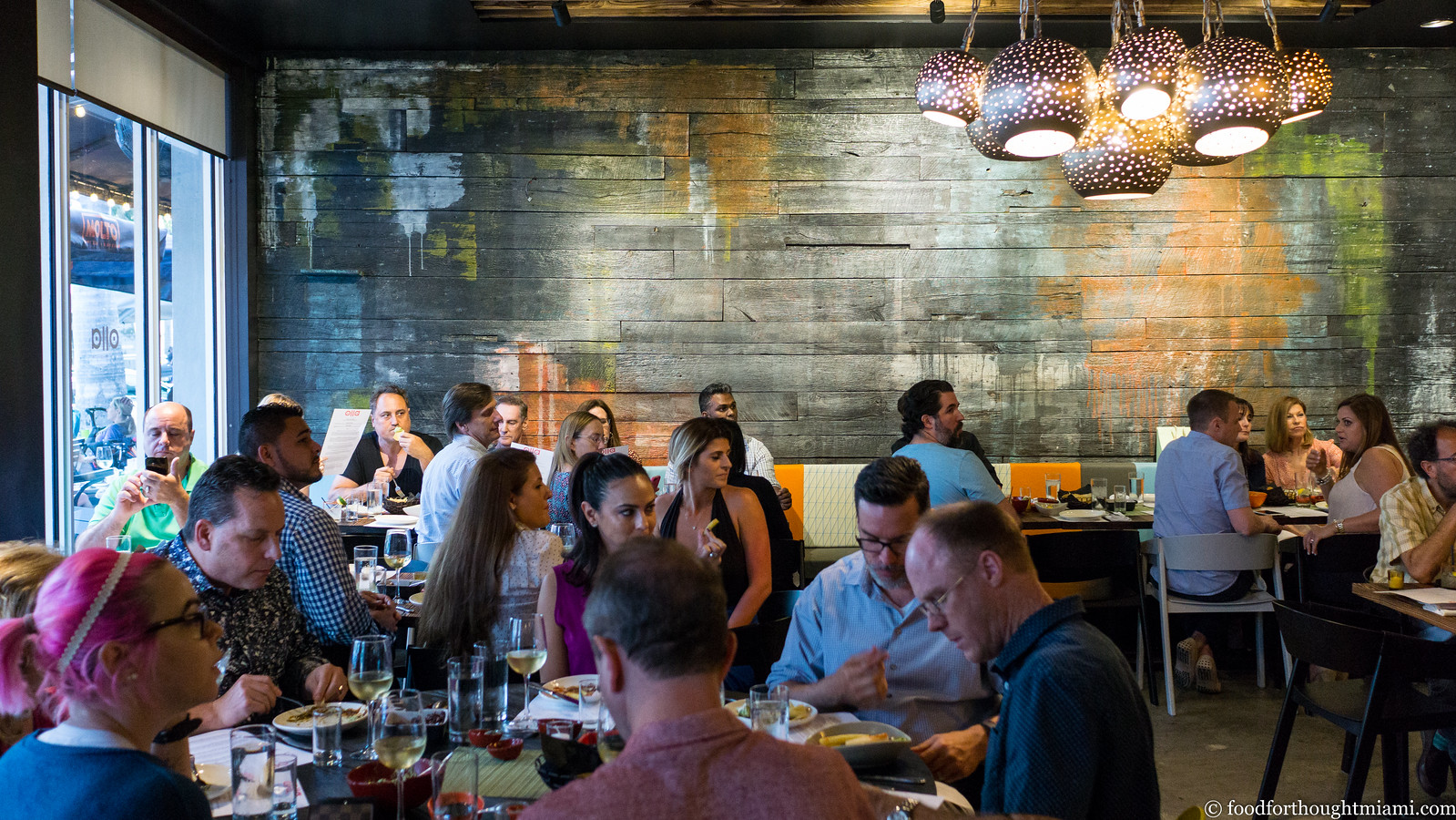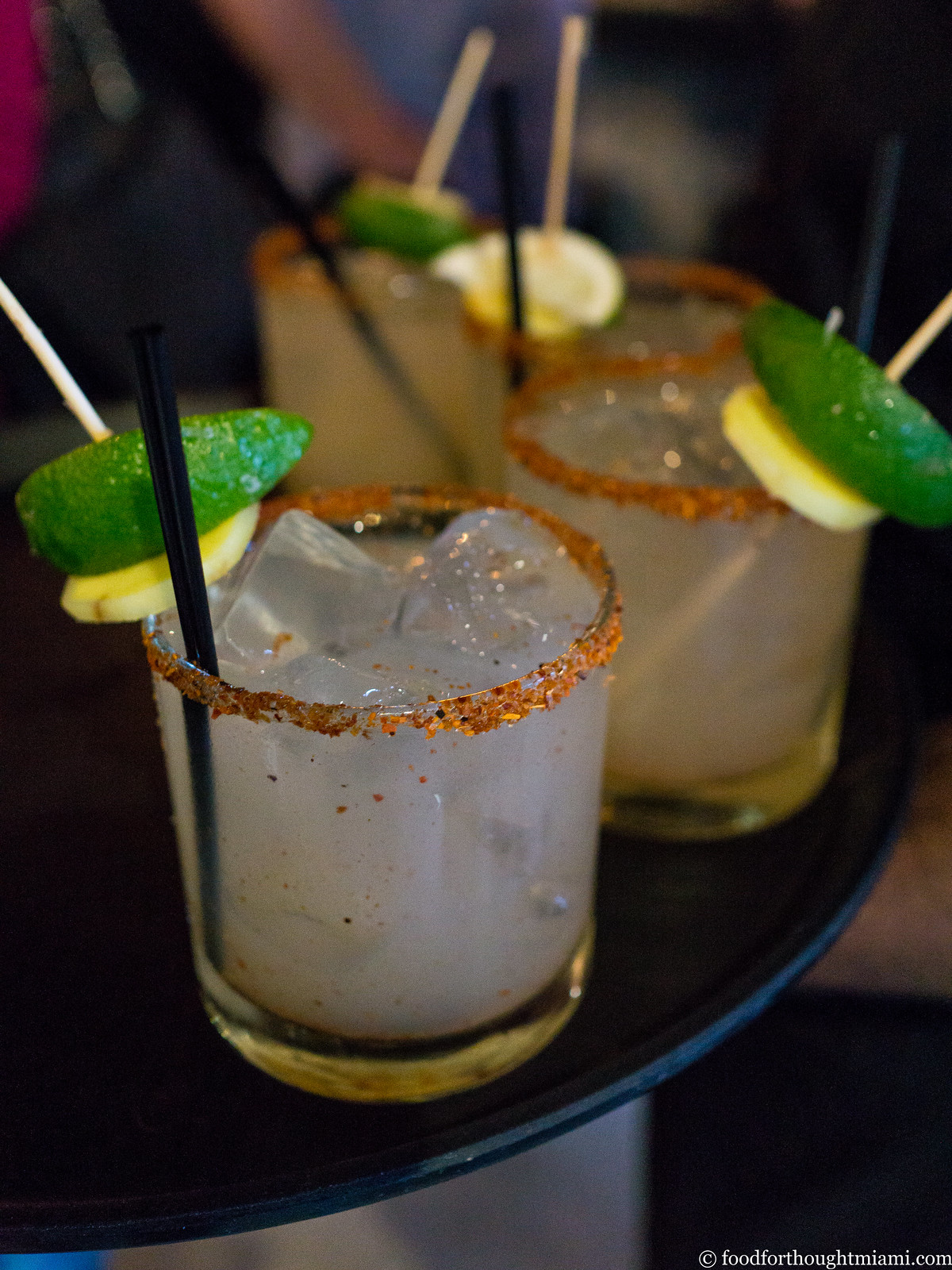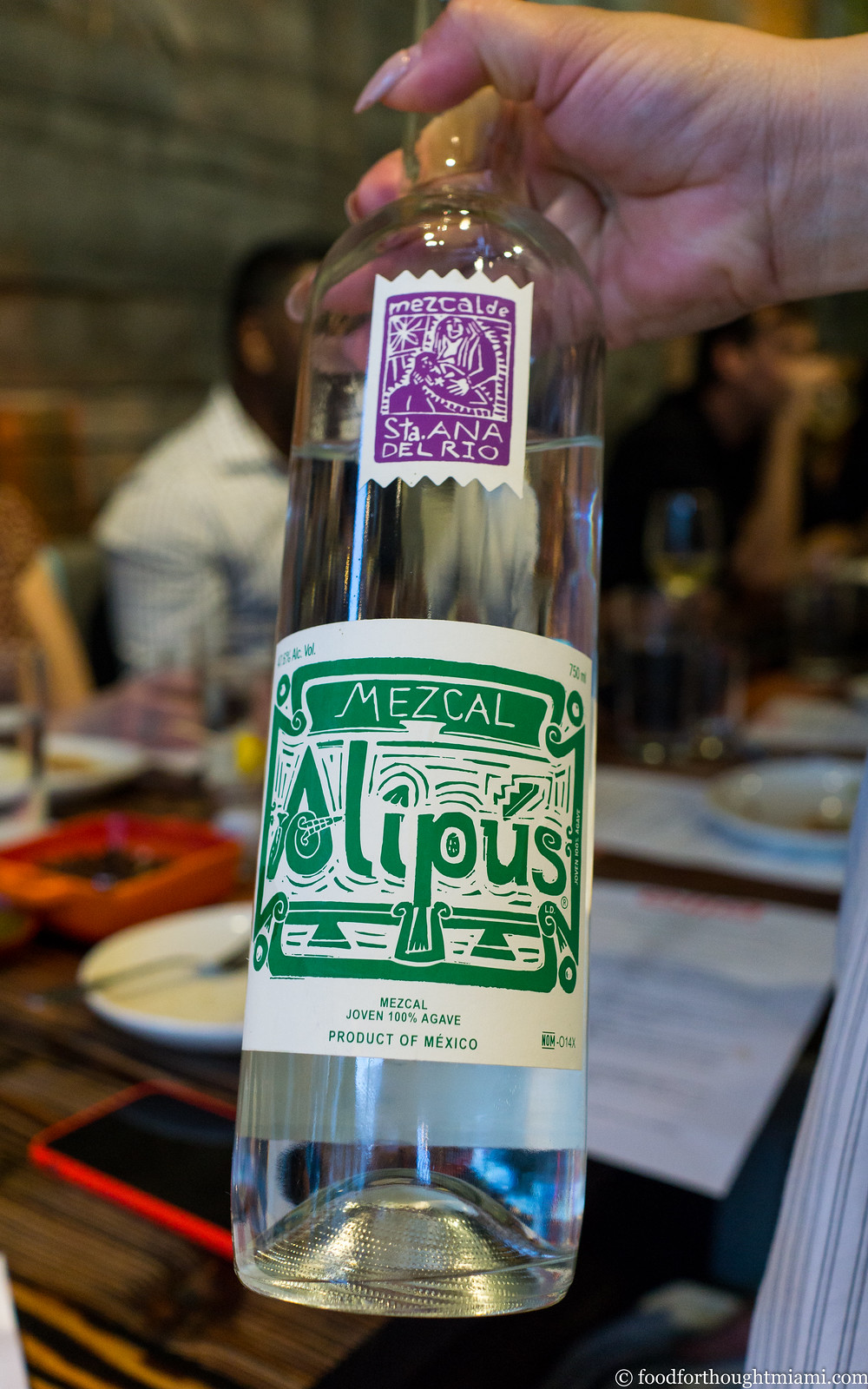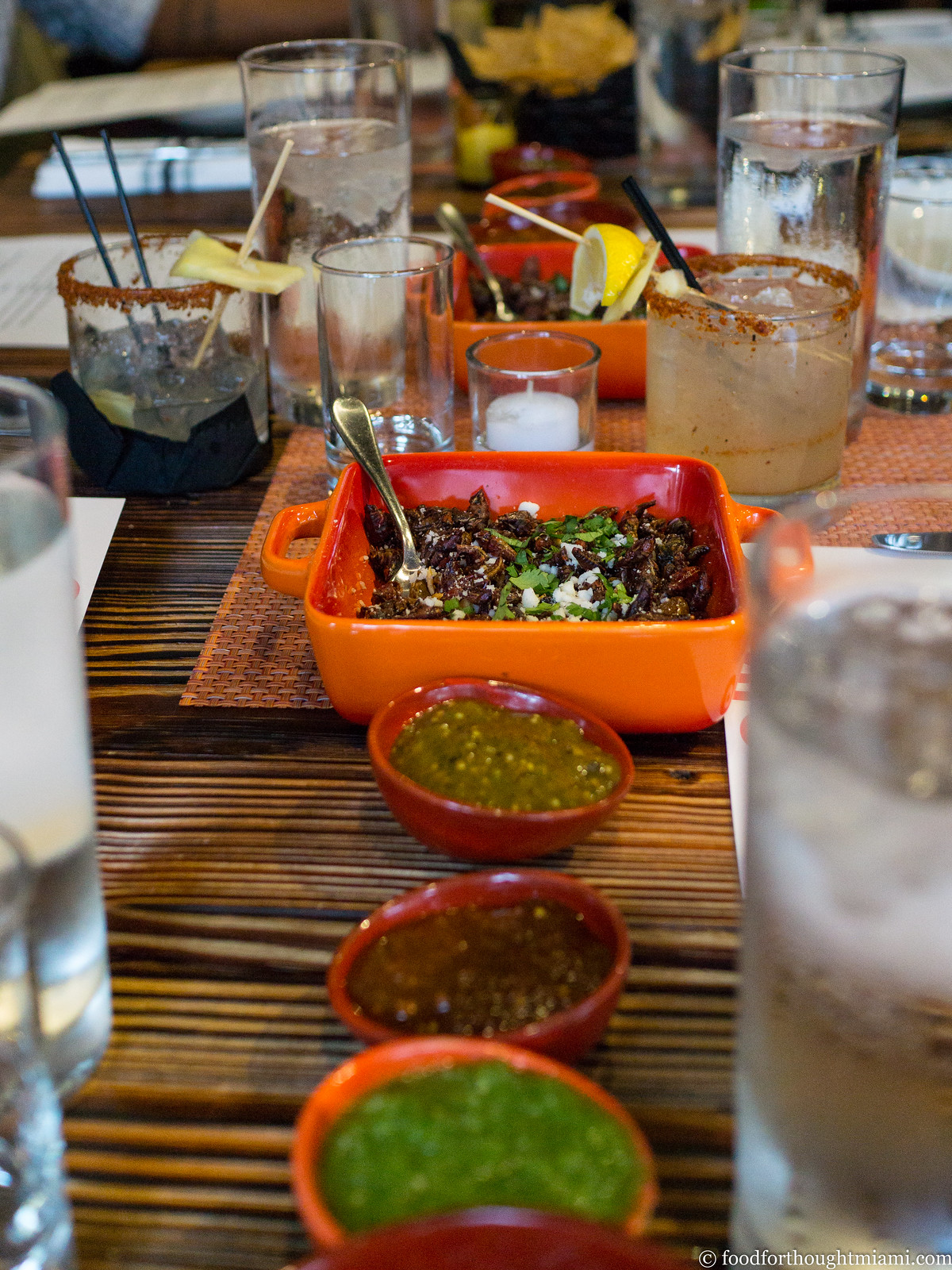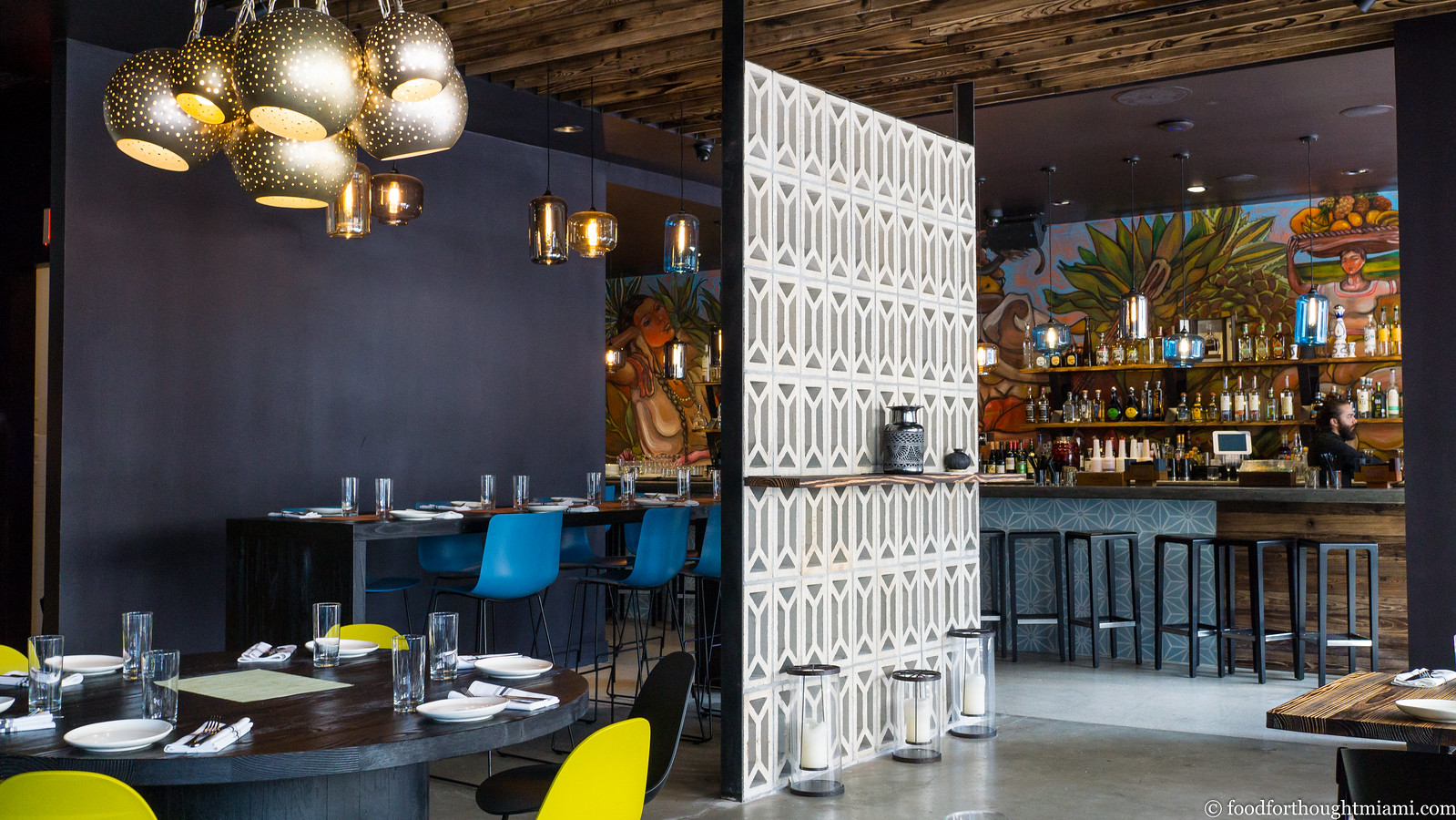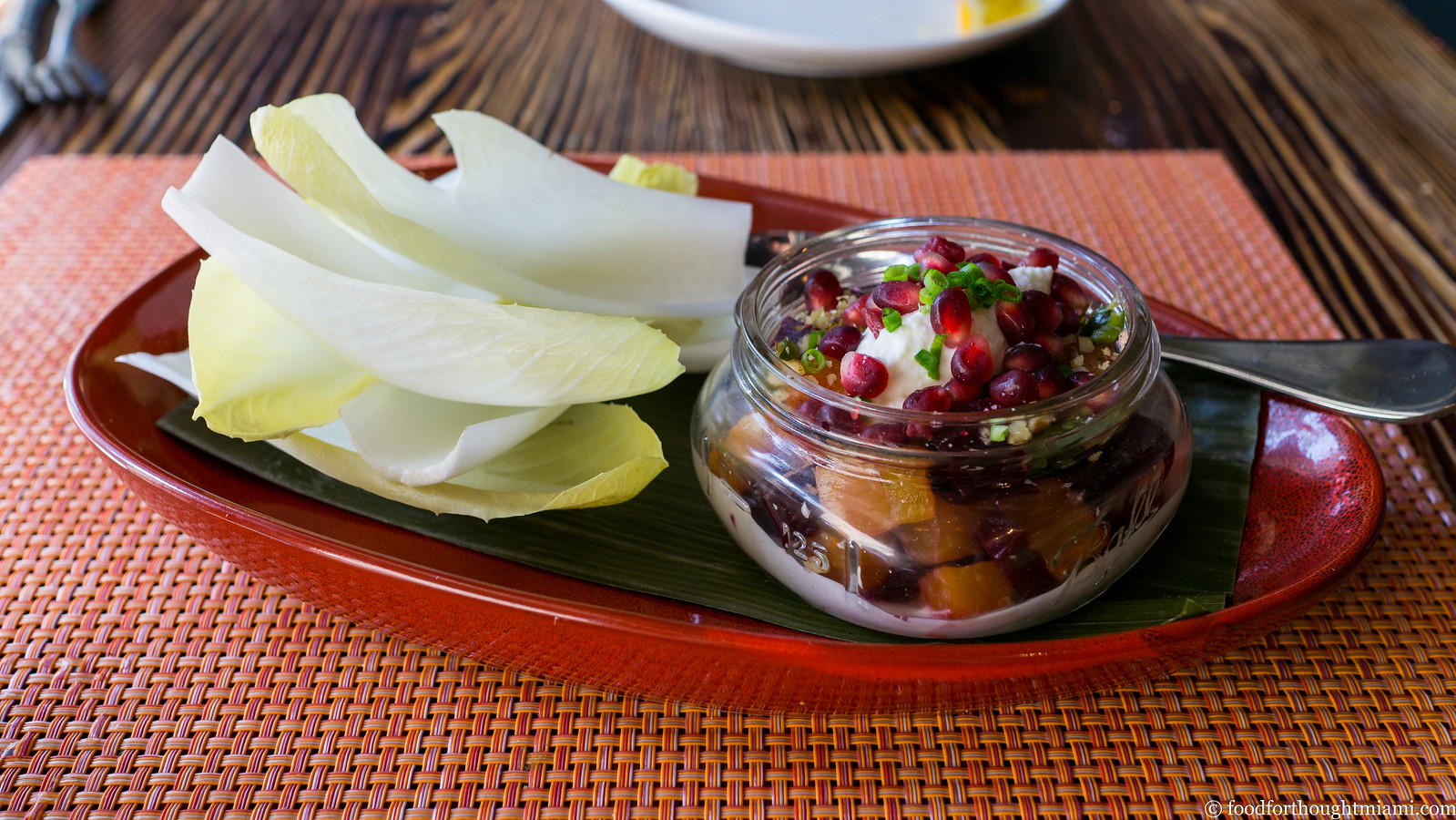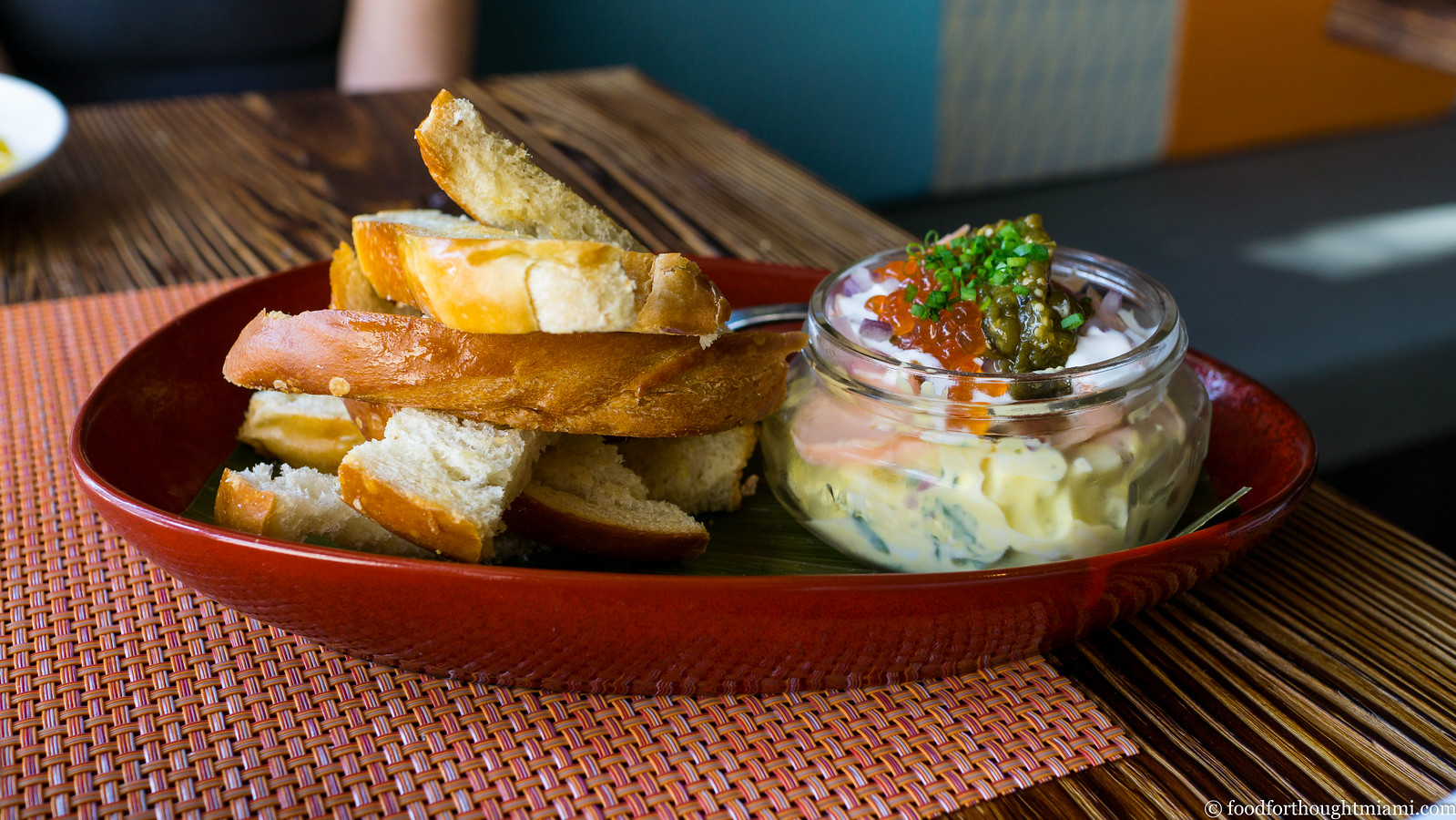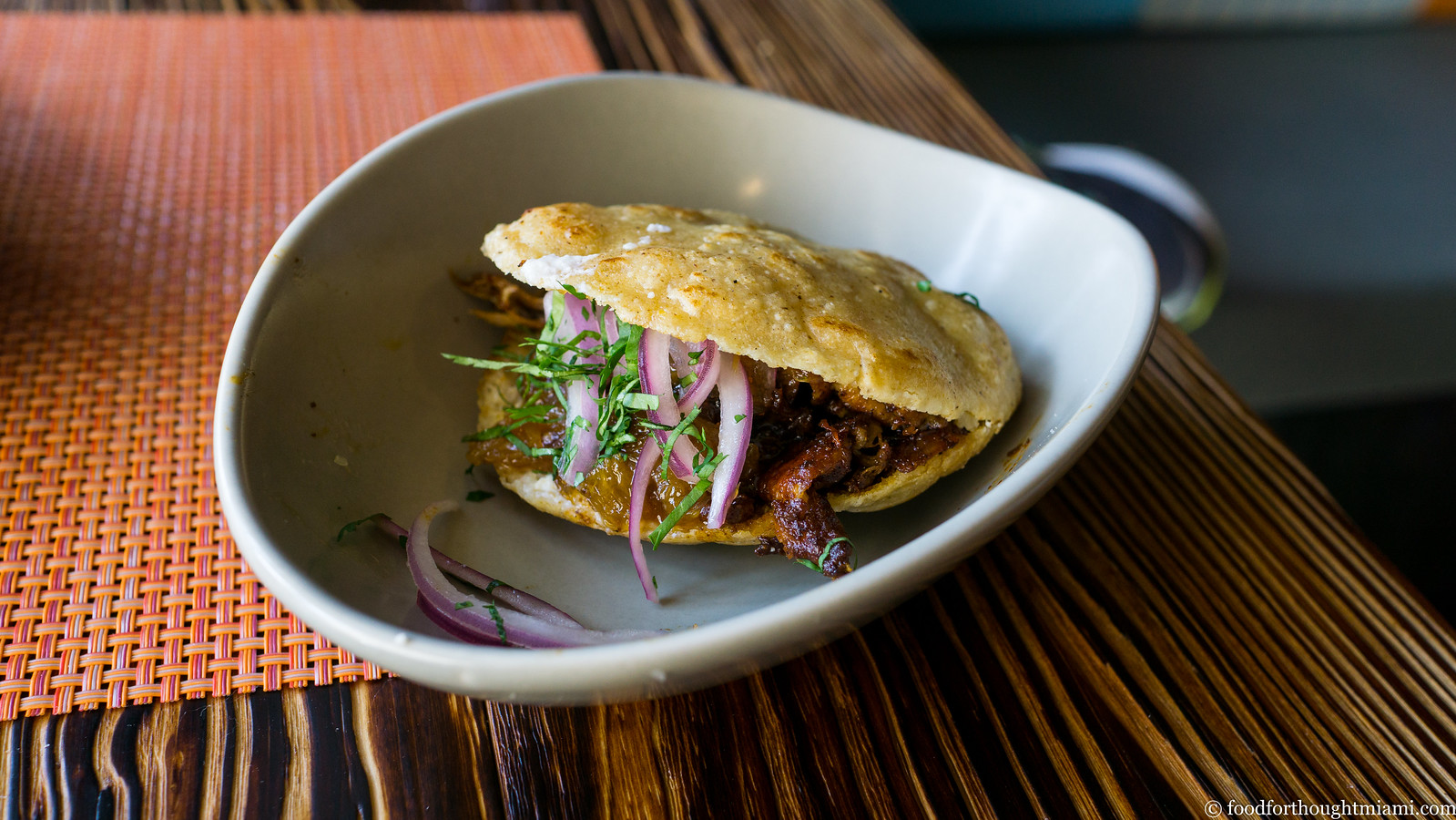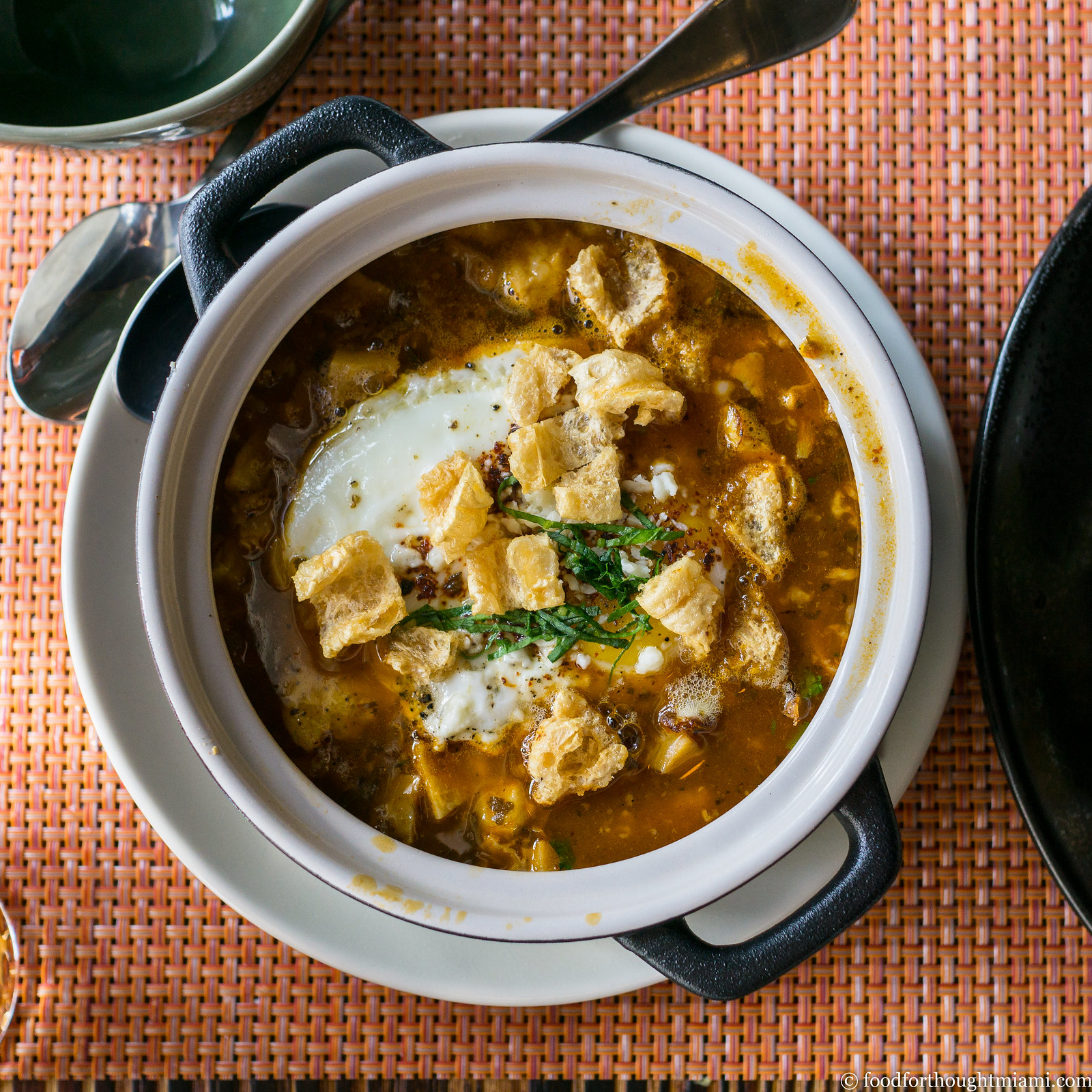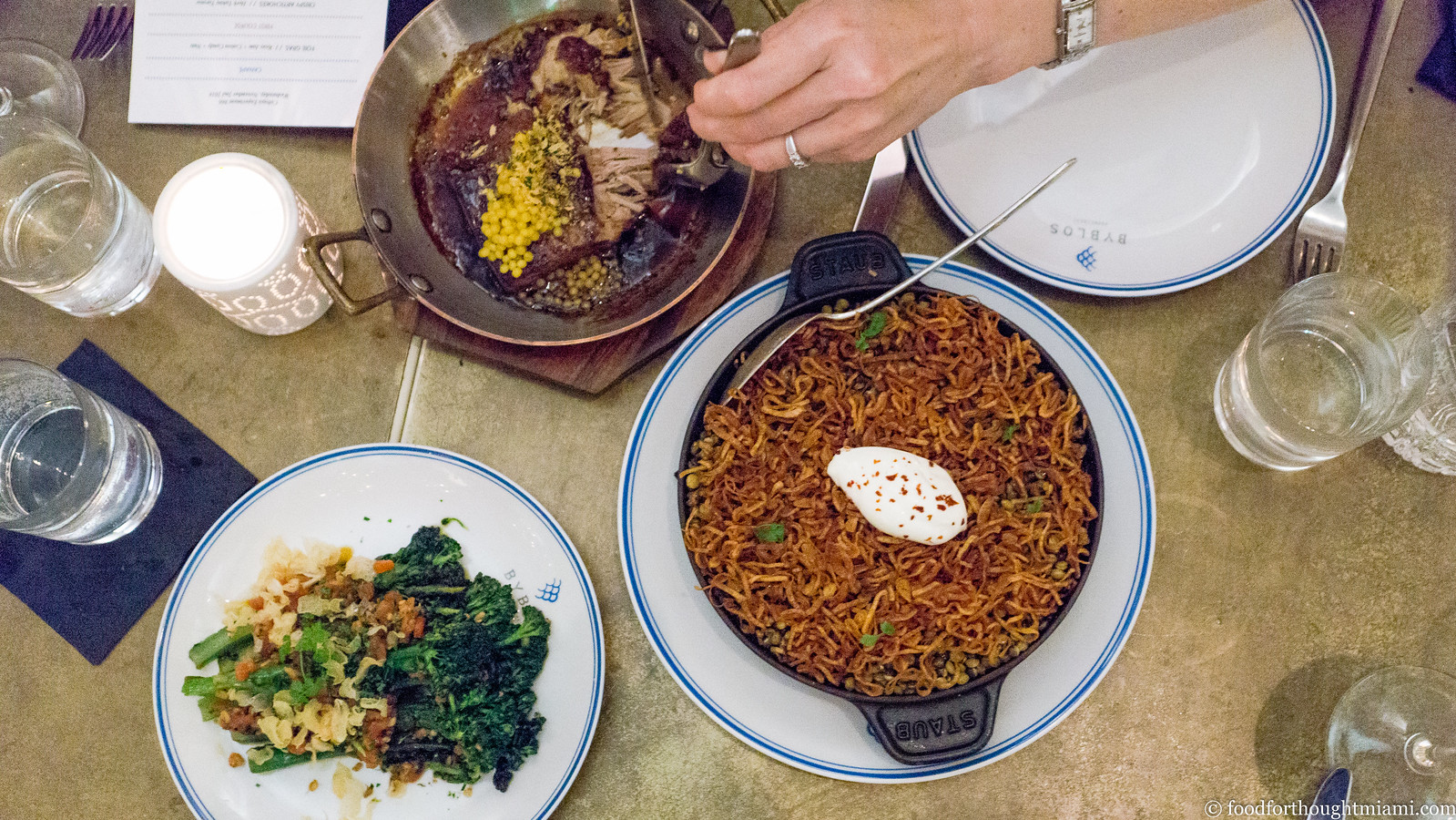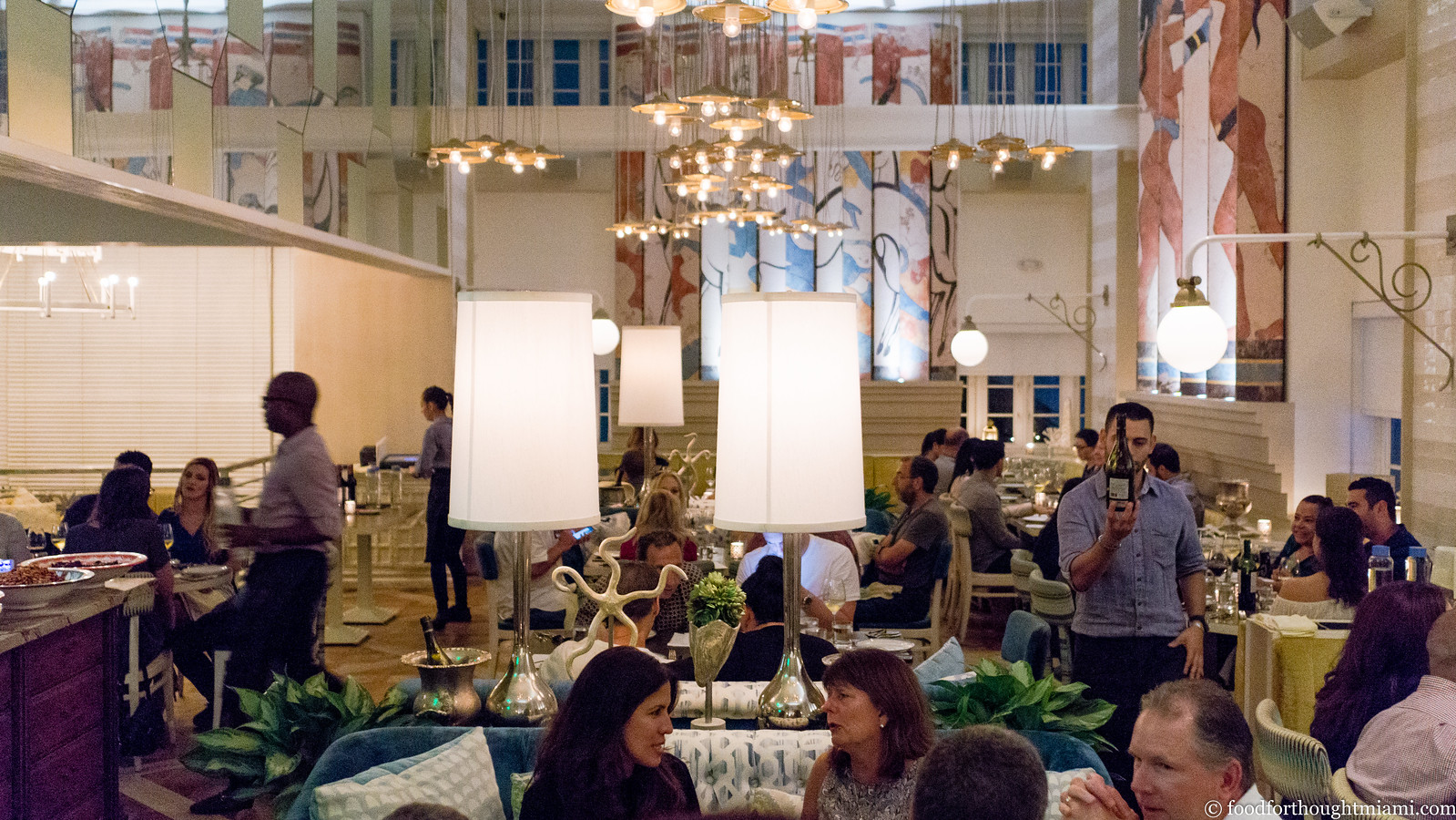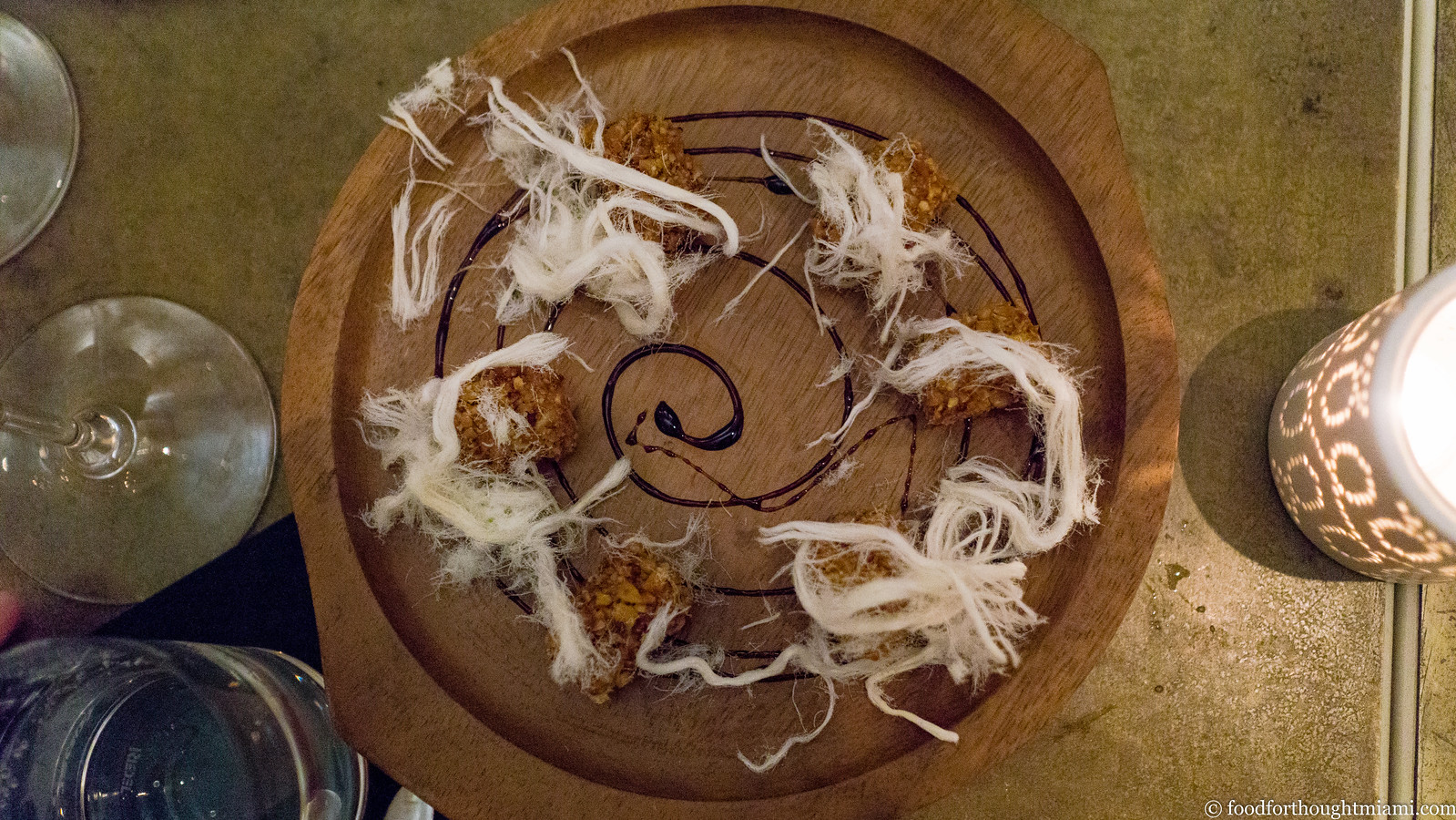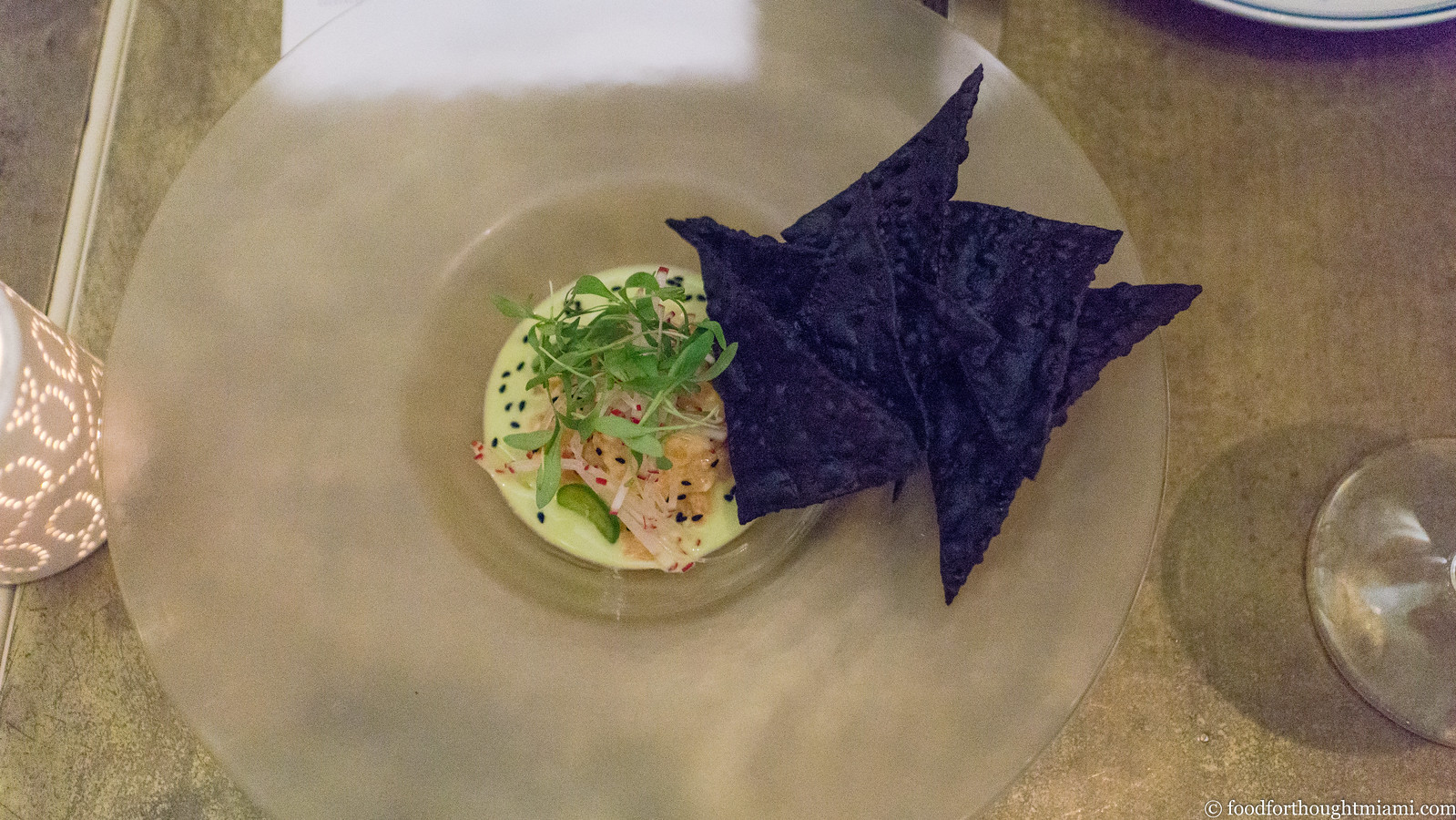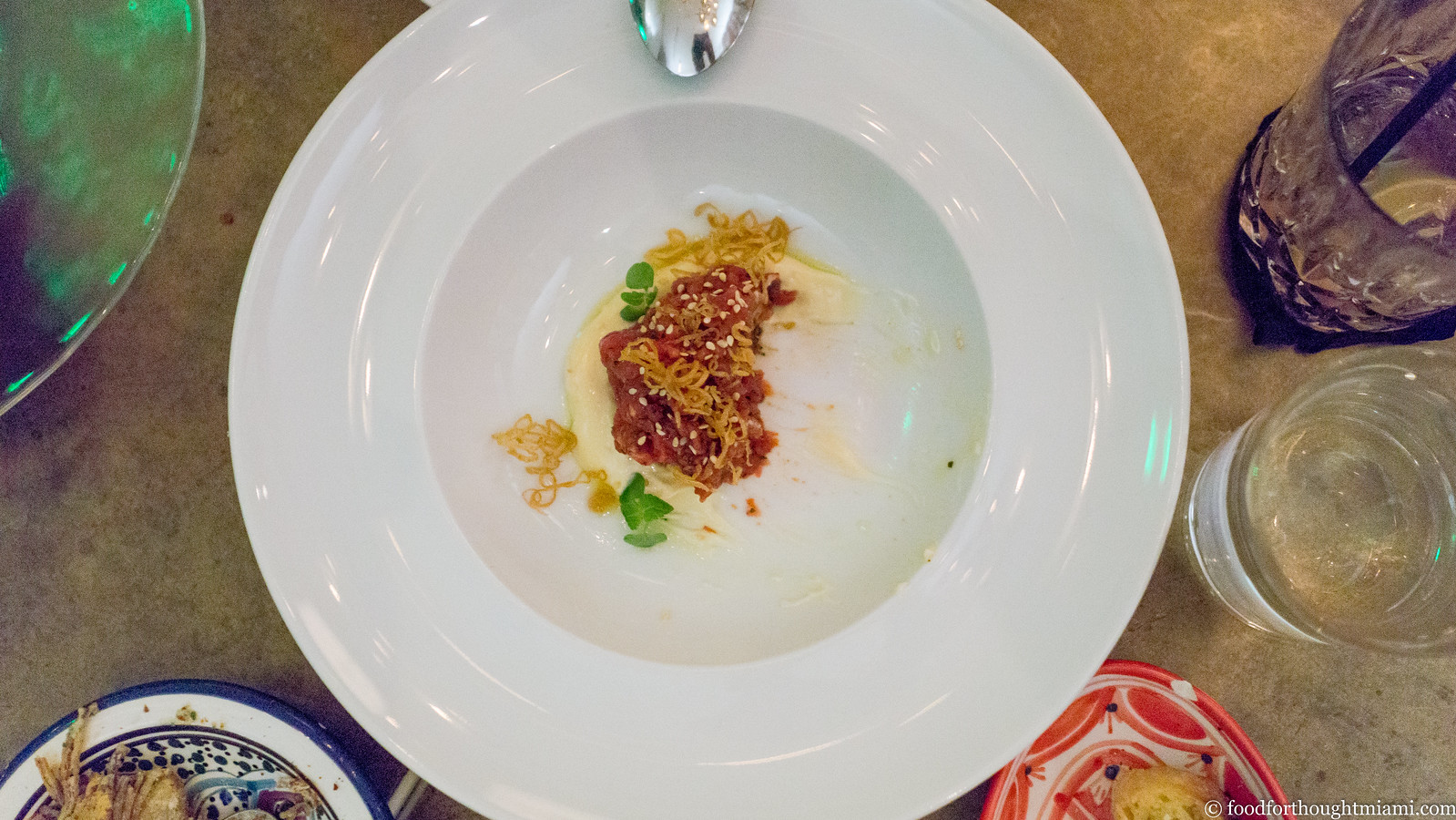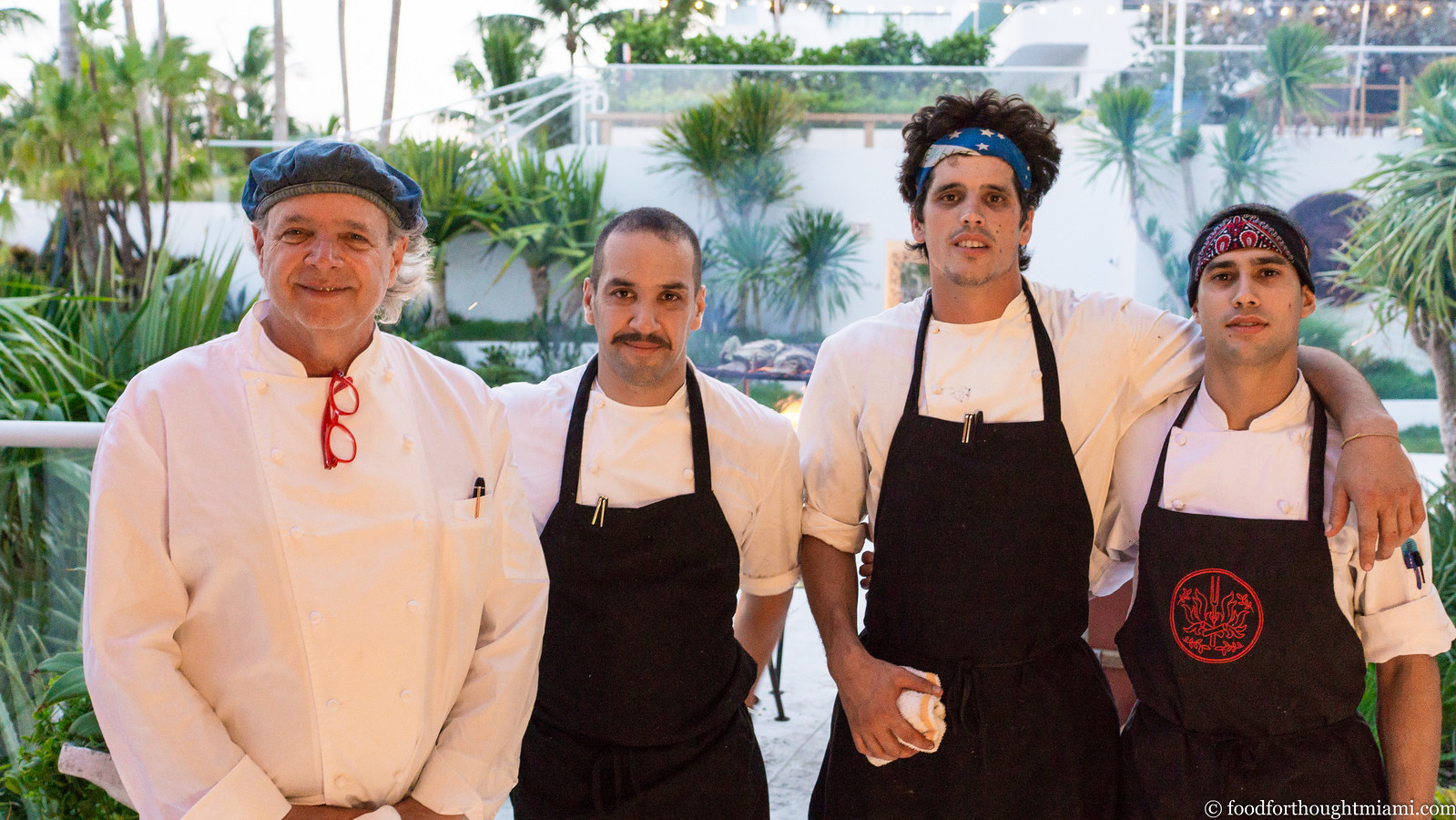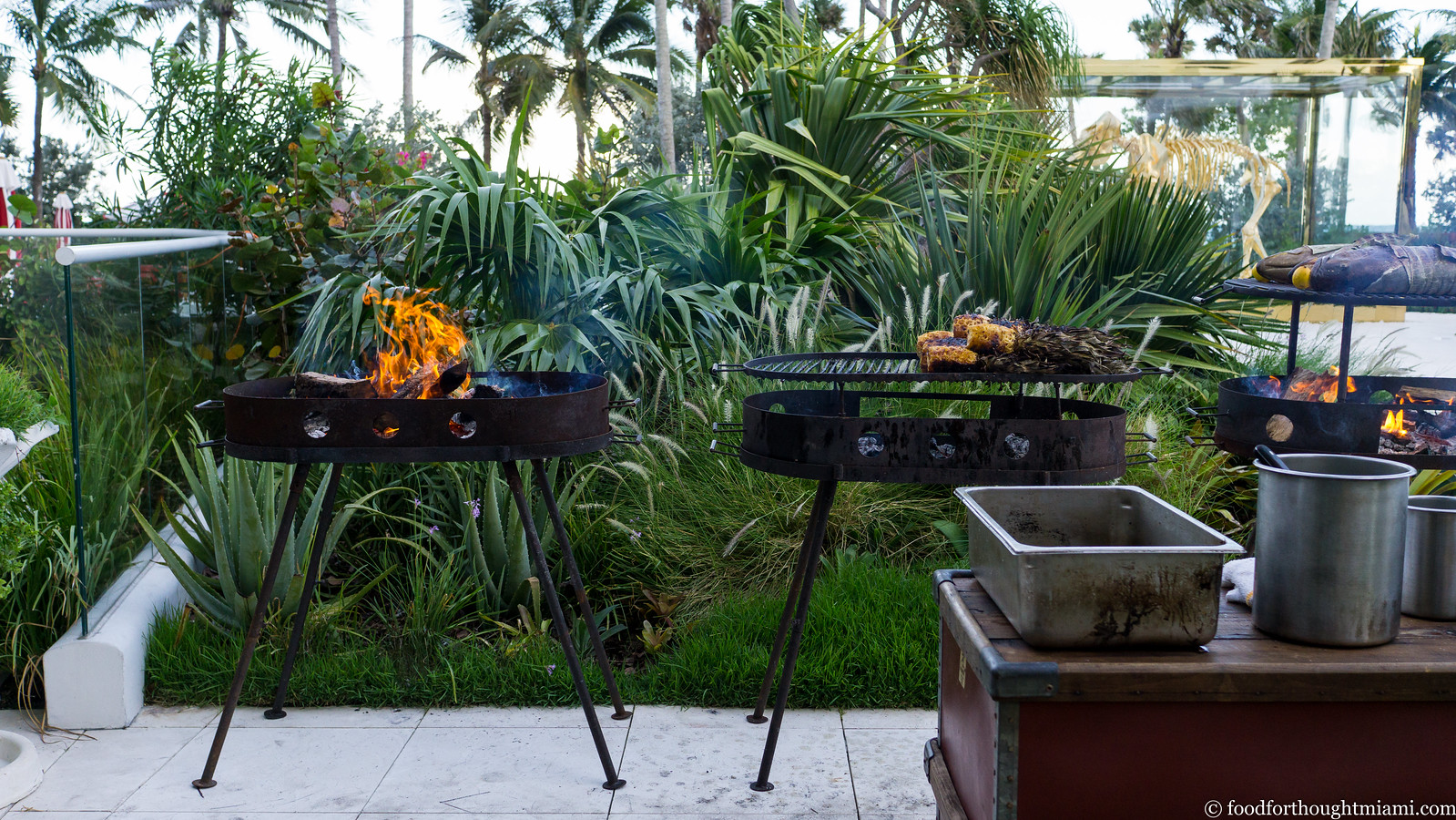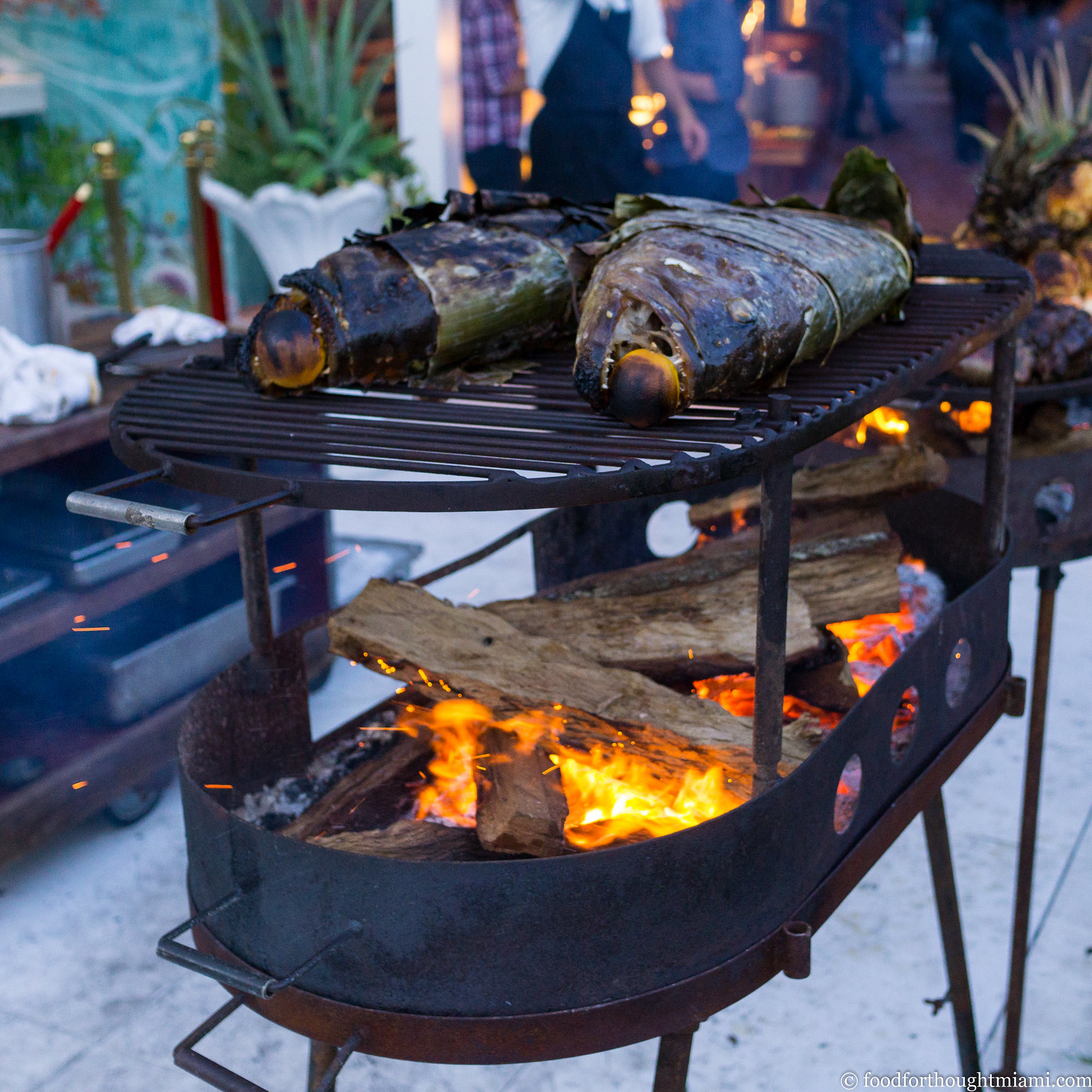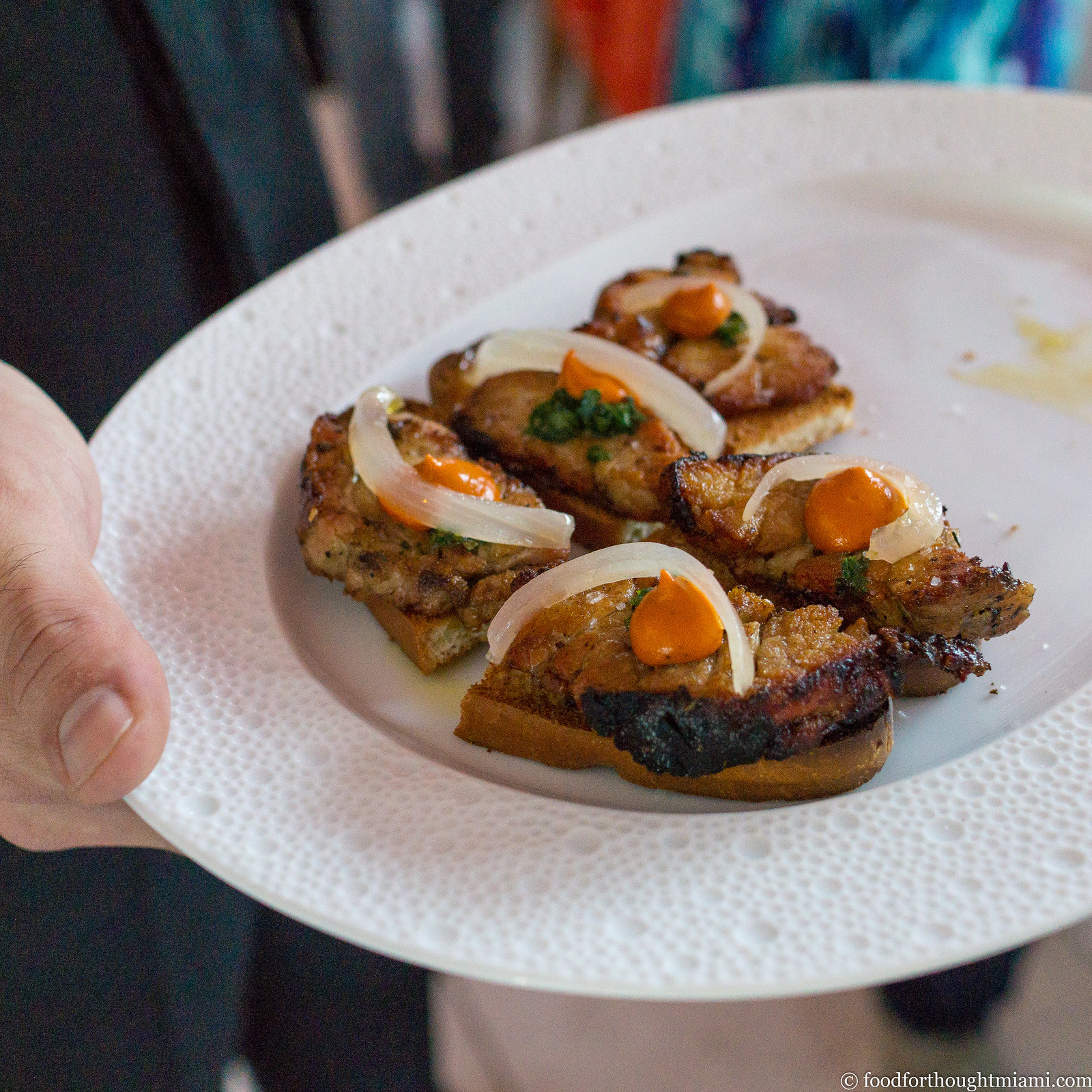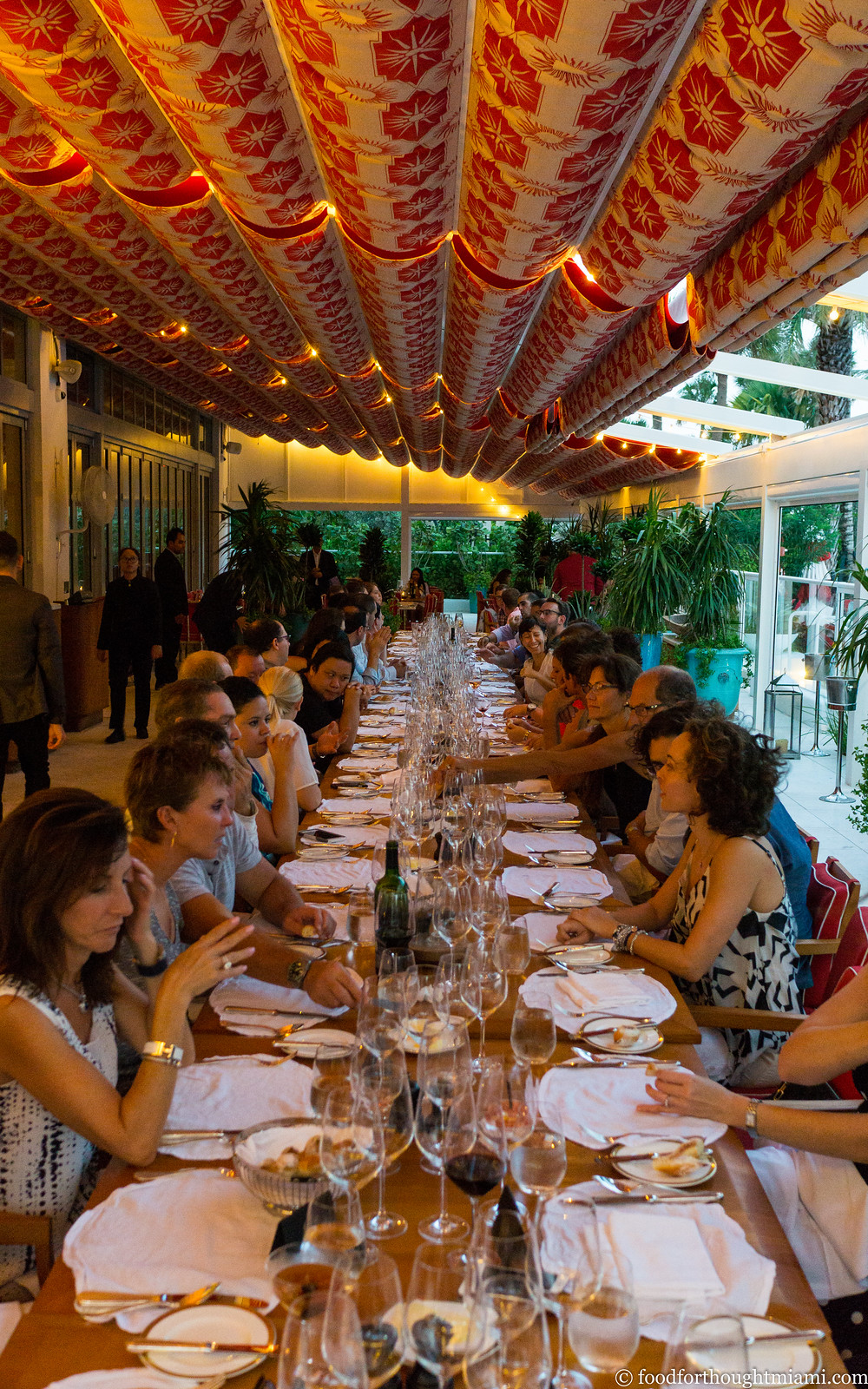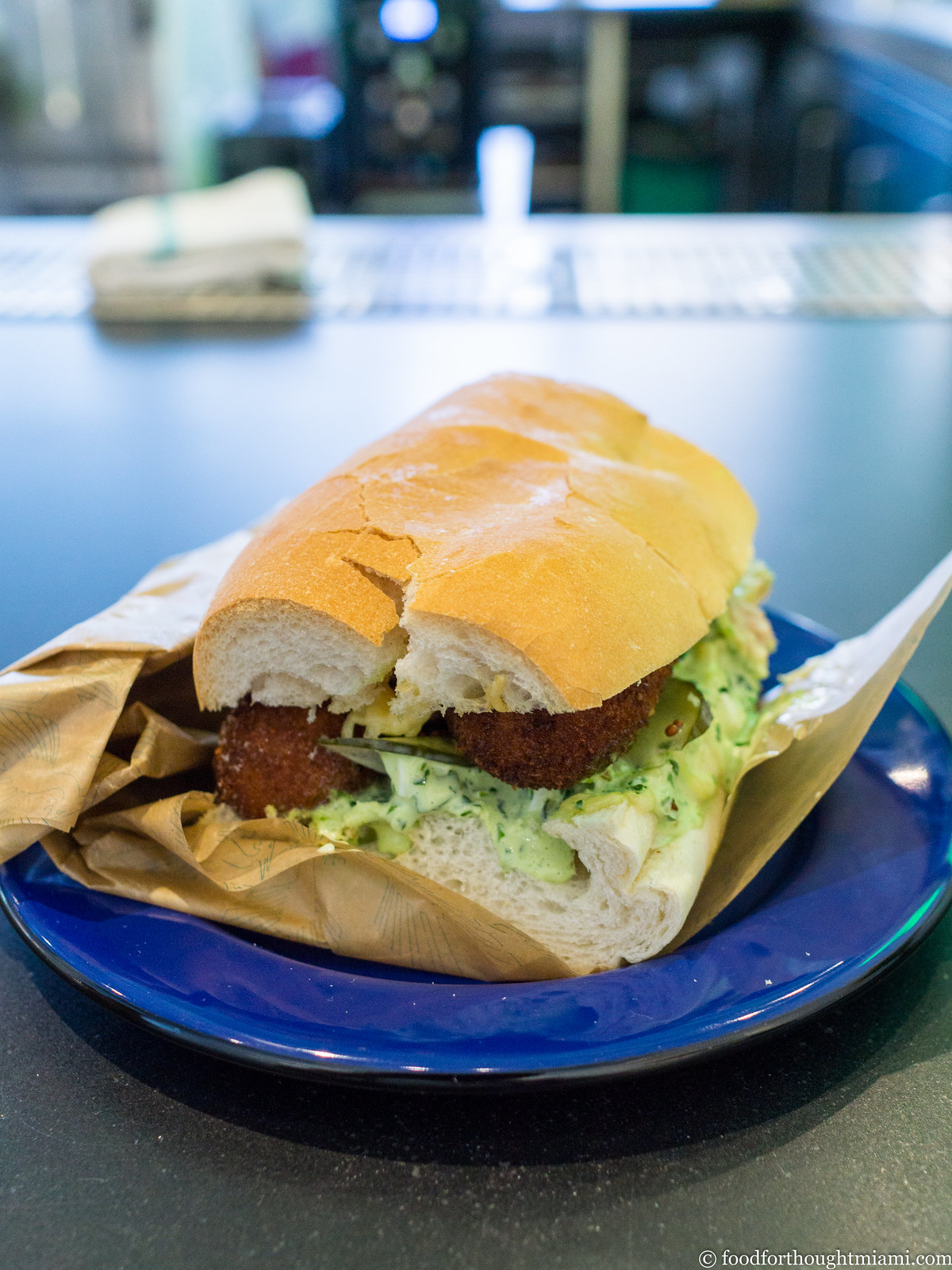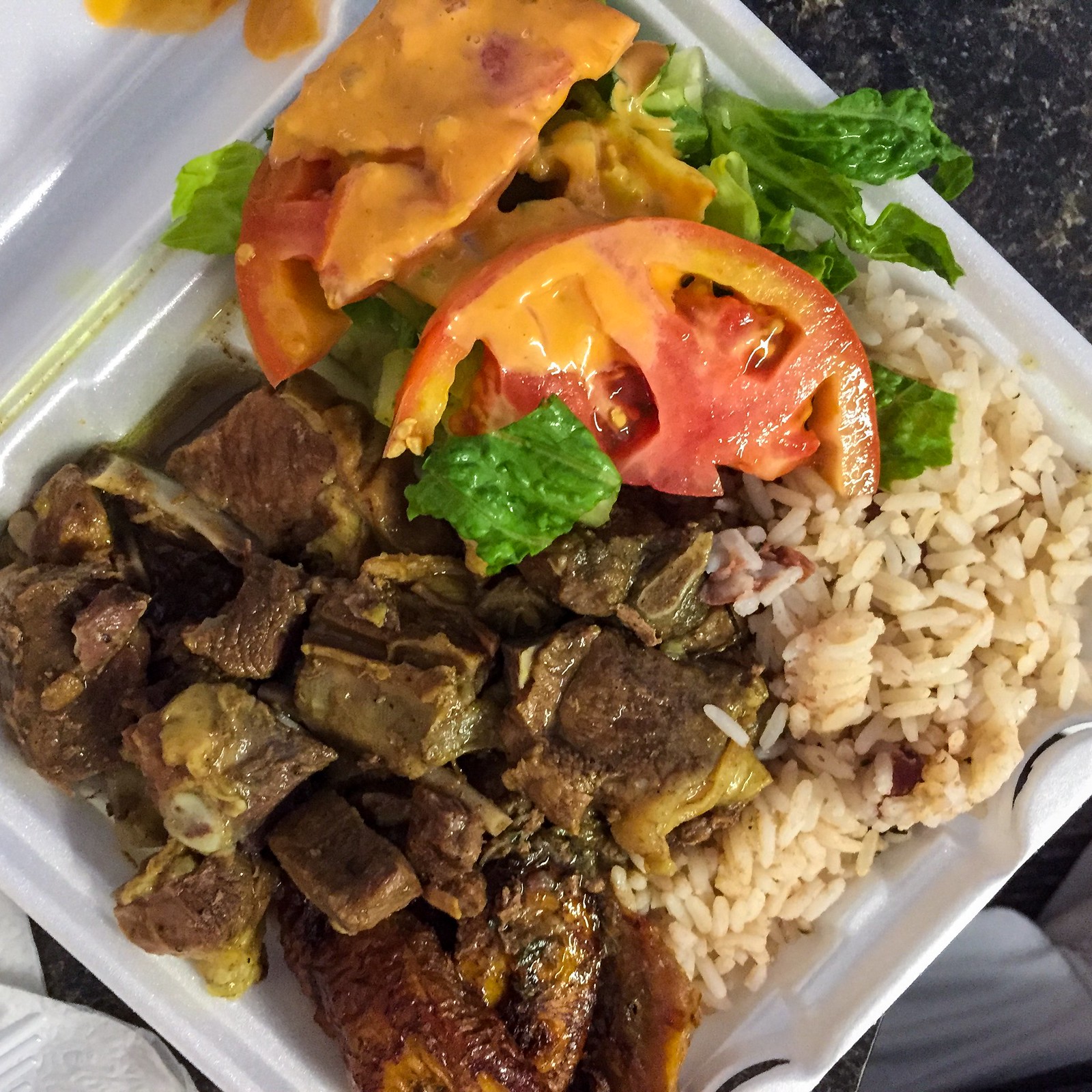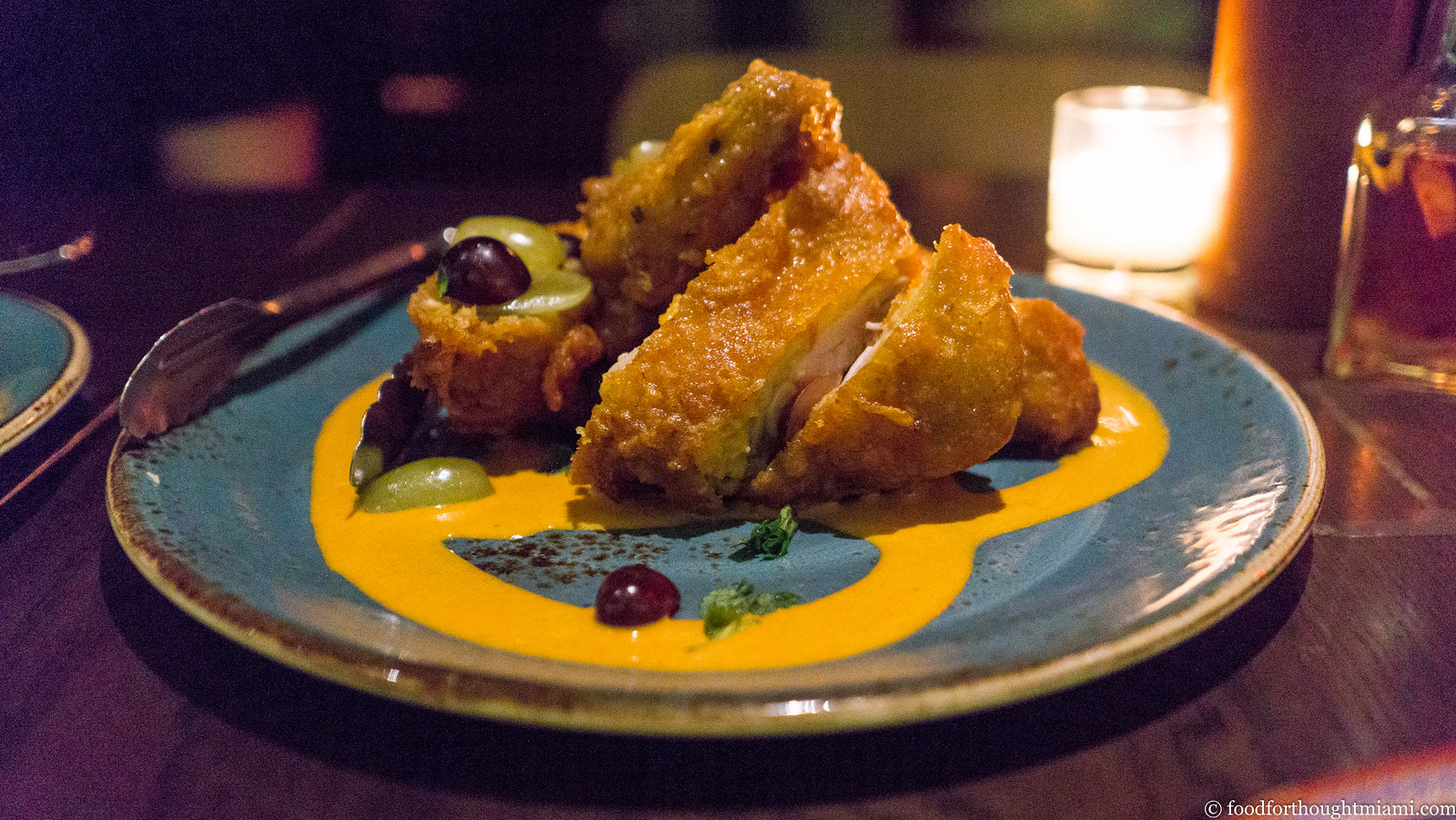I just want to deal with one of the genre’s challenges — namely, its form. ... To be blunt, the traditional review is a terrible vessel for inventive prose, contrarian opinions, and nuanced arguments about the mystery and meaning of food.Well, on that point, I must beg to differ. Good writing transcends genre. Restaurant reviews are as useful a format as any to paint a portrait of of a city, as Jonathan Gold did so beautifully for Los Angeles, to explore social and cultural issues, as Soleil Ho does at the San Francisco Chronicle, to craft poetry like Ligaya Mishan does at the New York Times, to entertain and enlighten with wit and snark, like Jay Rayner does at The Guardian. The problem isn't the vessel; it's all about what you're putting inside.
Also: there's a whole universe of food writing that isn't restaurant reviews. That's not to say I believe reviews should be devoid of any discussion of broader issues – if you've been reading here at all, you know I'm prone to plenty of digressions – but rather, that there are lots of ways to talk about culture through the lens of food, reviews being just one of them.
Also, also: I am perhaps one of a dying breed who believe that the underlying purpose of a restaurant review – to help answer the question, "Where should I want to eat?" – while not as noble or important as curing cancer, is still itself a worthwhile and valuable endeavor.[1]
Having said that, it does seem that the restaurant review industry, in some quarters anyway, is in the doldrums. I don't think the problem is the format, though no doubt it is kind of a bore to read reviews that just grind through the "here's the apps, here's the mains, here's the desserts" routine by rote. To my mind, it's more a combination of the decline of media outlets that provide the budgetary, editorial and promotional support for restaurant criticism, and the rise of crowd-sourced opinions a la Yelp. Combine that with a lack of diversity and community representation in the voices that still get heard. Throw a little "death of the blog at the hands of Twitter and then Instagram" into the mix too. Sprinkle some "influencers doing it for the freebies" over the top like finishing salt. And what you have is a dearth of credible, reliable voices motivated and able to write thoughtfully and critically about restaurants.
(continued ...)

